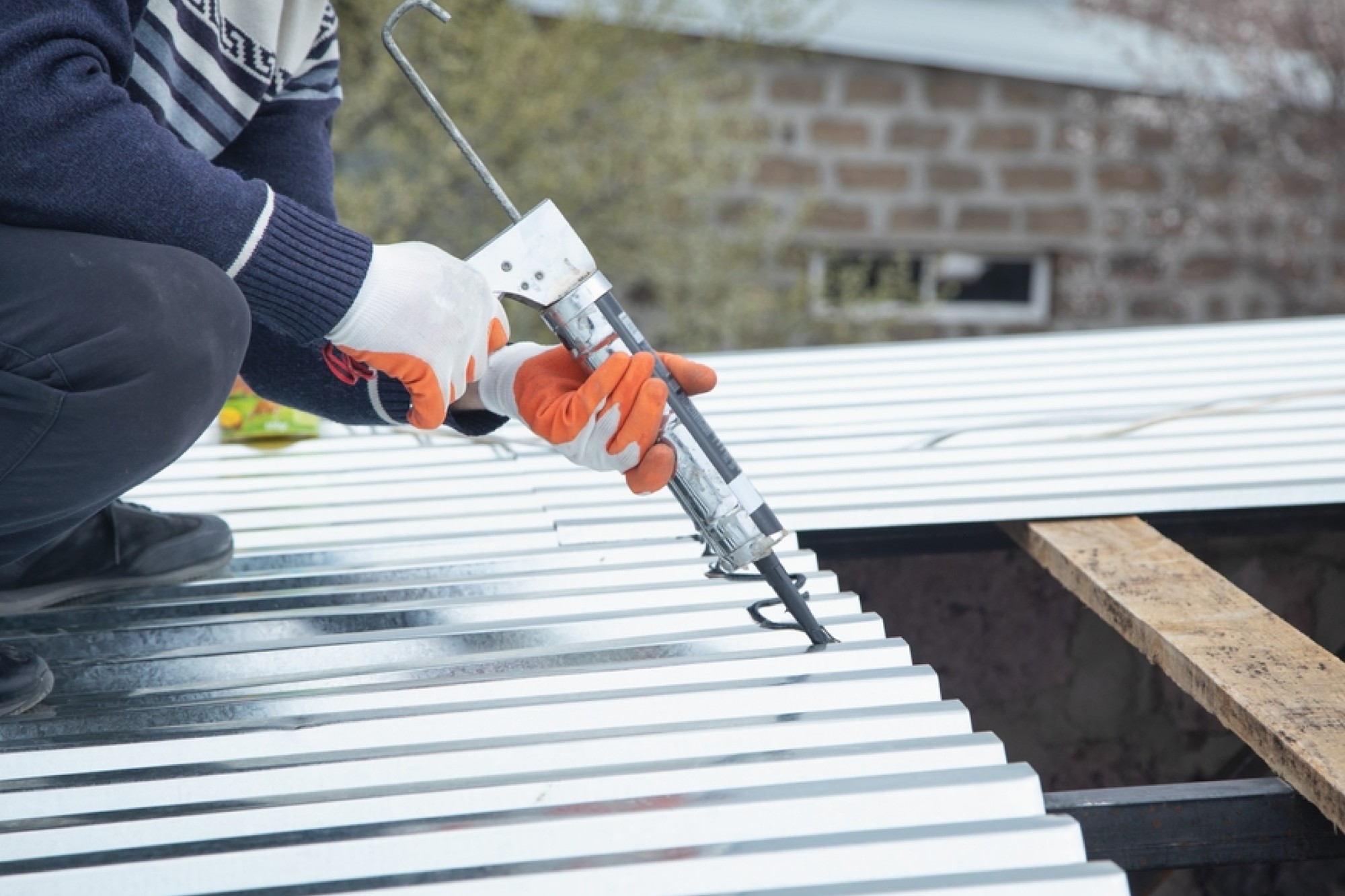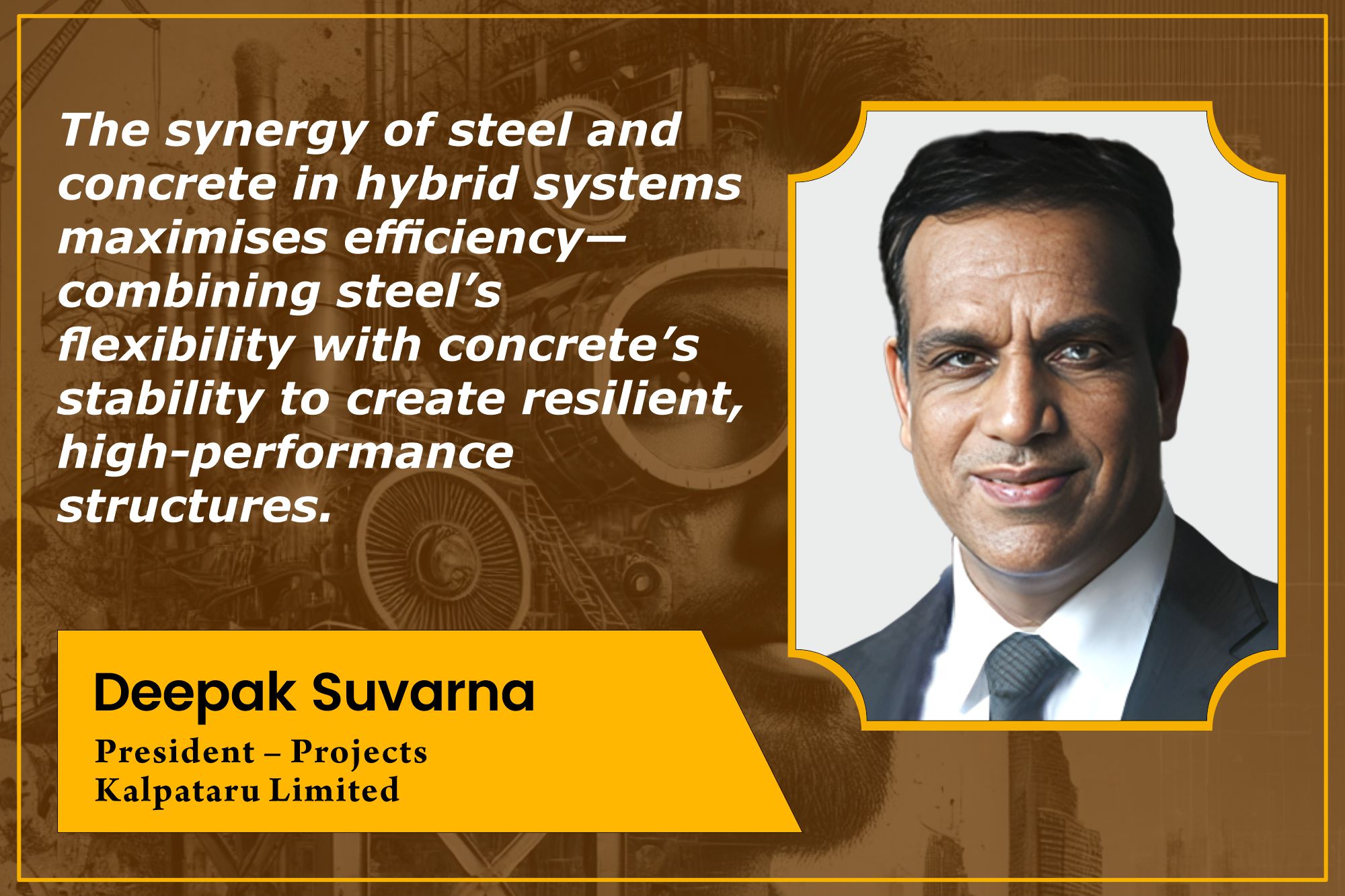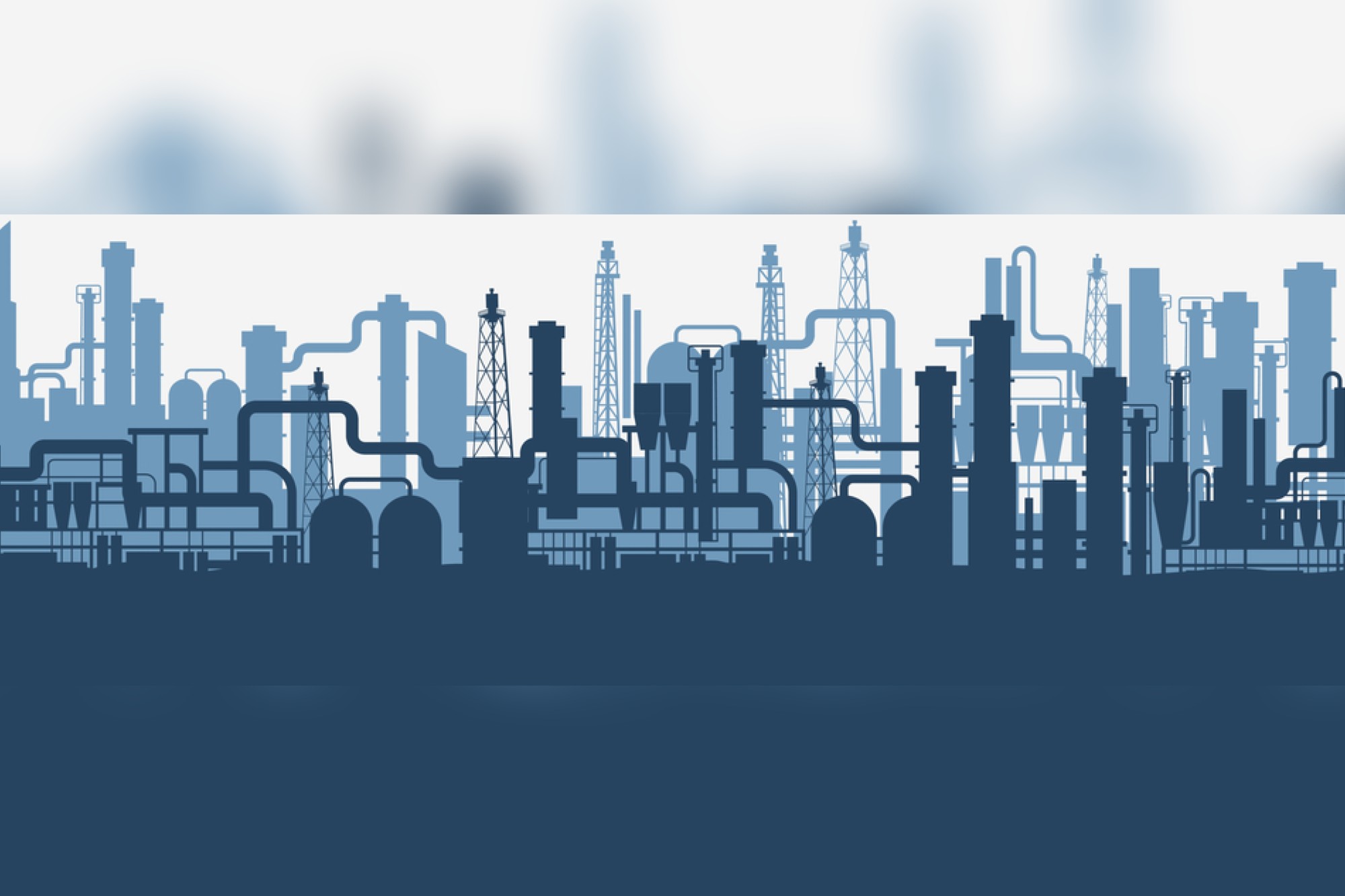Structural glazing can combat the city’s varying climatic conditions
By Edit Team | December 20, 2019 5:27 am SHARE

We have even attended specific cases like 100 + year-old buildings, madras terrace and lime-based buildings, etc. This is a slow and a steady process that has given a positive result.
In a timeline when the construction methods have upgraded, what are some of the criteria that sealants need to satisfy?
Sealants are used in construction to prevent water or any other substances from passing through material surfaces, joints, or openings. They can also prevent the passage of air, sound, dust, insects and so on, as well as acting as fire stopping components.
Sealants are typically used to close openings between that are too small for other materials such as concrete, timber or mortar to be used. The criteria that sealants need to satisfy are
- Strength
- Flexibility
- Appearance permanence
- Solubility
- Corrosion resistance and so on.
The three basic functions of a sealant is as follows:
- Fill a gap between two or more substrates.
- Form a barrier through which other substances cannot pass.
- Maintain sealing properties for the anticipated lifetime.
In-case of industrial constructions where they have heavy traffic, chemical, solvents, and oil spillages the sealants are expected to withstand these conditions. Sealants used in glazing need to have good adhesion, able to withstand high weather resistance like heat, cold and wind pressures.
What are the best available options for structural glazing and meeting weatherproofing challenges?
Architects and builders have looked into developing innovative solutions in terms of thermal management systems, introducing solar panels, photovoltaic cells, high-efficiency insulation, LED lighting. And we all know structural glazing plays an important role in energy efficiency. Structural glazing consist of a system of bonding the glass to a building’s structural framing members using a high strength & performance silicone sealant to prevent the water and air entering the building.
The best available options for structural glazing are
- Bolted glazing
- Cable stayed glazing
- Fin Supported glazing
Four-sided structural glazing, double-sided structural glazing, and point-fixed structural glazing and structural window bonding are the four principles of technologies in which this glazing works on. The glasses can be annealed, heat-strengthened, tempered, laminated or insulated. Normally used are clear vision glass, which may be tinted or treated with a reflective coating.
Usually, glass is considered to be a potential energy saver and is considered as a major breakthrough for green or sustainable buildings and structural glazing imparts it all. One must ensure that the sealant adhesion is compatible with the coating.
The advantages of structural glazing are many
- It creates a greater transparency
- It allows broader architectural design flexibility
- It increases the thermal efficiency of buildings
- It reduces or eliminates water and air infiltration
- It imparts a clear and seamless look
- It ensures less visual interruptions
- It provides the day- lighting and natural ventilation
- Not to mention the energy savings
The state-of-the-art weather barrier technology should be used to ensure that the new buildings which are structurally glazed will withstand the preceding city’s varying climatic conditions. Compliant sealant for the critical waterproofing membrane on the outside of the building will be a challenge on needs to look closely – silicone weather barrier sealant is a proven solution for it.
New technology and better integration with day lighting and climate control systems allow advanced glazing in building facades to improve the comfort and performance of building occupants and assist in national and global efforts to reduce energy consumption by buildings. By using modern technology we can simplify the construction period and give the utmost stability to a building.
How easy or difficult is it to operate in a price-sensitive market like India? Is the issue owing to a lack of awareness, what steps are you talking to combat this issue?
Undoubtedly, the market is price sensitive and competitive as the product & services we deal with are technical in nature. It is very difficult for the end customers to comprehend.
Though a mass media advertisement is a wonderful platform to create initial awareness for product usage & create a brand image, it has just trigged the body of knowledge among the end-users. Awareness of initial investment vs the maintenance cost incurred (YoY) due to ignoring preventive services during the construction stage itself are considered the major factor the end-users totally miss to understand.
Currently, architects & builders have started using the product and services for their ongoing construction & to older buildings too. But still, the end-users are prepared to use only when they encounter a perennial problem with water leakages and cracks. This has definitely, spurred the repair & rehabilitation market.
Nevertheless, the lack of procedural awareness of preventive methods among end-users is hampering the industry greatly. This limited knowledge of the right products and its applications has burdened the manufacturers like us to increase the right awareness programs among the target customers. Also, one needs to invest a great deal of effort to convince a potential customer to become an actual buyer.
During our meetings, we try to impart a good understanding of our products & importance of their usage in maintaining an existing home or protecting newly constructed buildings. This has yielded us a favourable result. To cater to this market we have off-shooted one of our own application team as a separate company called M/s Exult – Protects Your Dream Home
This company’s vision is to service the customer with a systematic-approach called- VISA:
- Visit the site
- Inspect the problem
- Solution providers
- Applicate it with a well-trained team
And tackle the repair &maintenance that arises in any age buildings. We have even attended specific cases like 100 + year-old buildings, madras terrace and lime-based buildings, etc. This is a slow and a steady process that has given a positive result. More importantly, it has paved a way for brand recall. Our customers recall us and give references. This has led to a sizeable percentage of references and repeat orders in which we thrive on.
M.Vimal, Working Partner,Techny Chemy
Cookie Consent
We use cookies to personalize your experience. By continuing to visit this website you agree to our Terms & Conditions, Privacy Policy and Cookie Policy.




































-20240213125207.png)

























